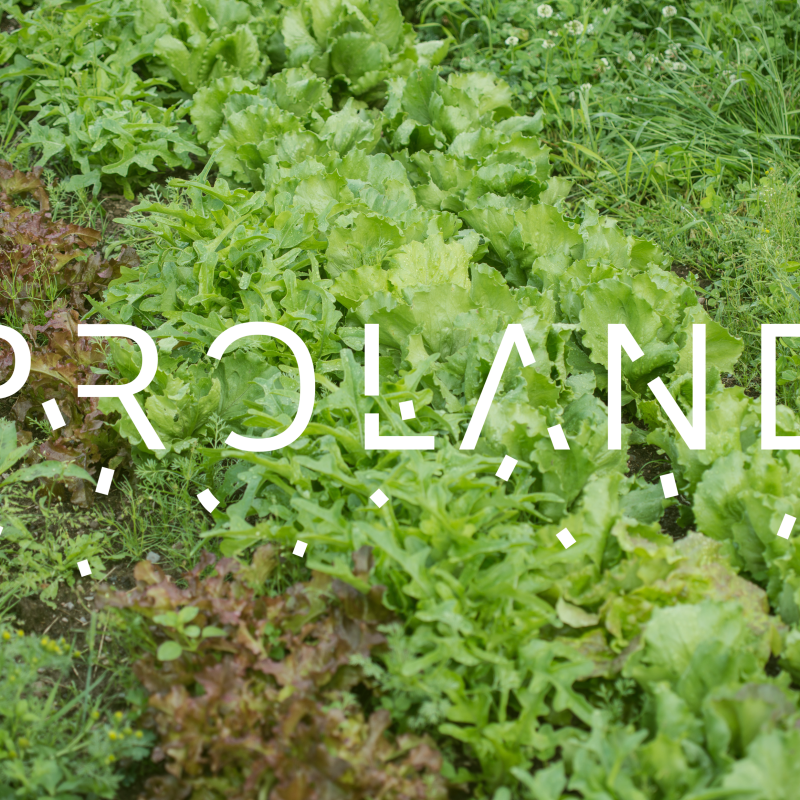Erik J. Joner
Head of Department/Head of Research
Biography
Abstract
No abstract has been registered
Abstract
We investigated dissipation, earthworm and plant accumulation of organic contaminants in soil amended with three types of sewage sludge in the presence and absence of plants. After 3 months, soil, plants and earthworms were analyzed for their content of organic contaminants. The results showed that the presence of plant roots did not affect dissipation rates, except for galaxolide. Transfer of galaxolide and triclosan to earthworms was significant, with transfer factors of 10–60 for galaxolide and 140–620 for triclosan in the presence of plants. In the absence of plants, transfer factors were 2–9 times higher. The reduced transfer to worms in the presence of plants was most likely due to roots serving as an alternative food source. Nonylphenol monoethoxylate rapidly dissipated in soil, but initial exposure resulted in uptake in worms, which was detected even 3 months after sewage sludge application. These values were higher than the soil concentration at the start of the exposure period. This indicates that a chemical's short half-life in soil is no guarantee that it poses a minimal environmental risk, as even short-term exposure may cause bioaccumulation and risks for chronic or even transgenerational effects.
Authors
Nanna B. Svenningsen Stephanie J Watts-Williams Erik J. Joner Fabio Battini Aikaterini Efthymiou Carla Cruz-Paredes Ole Nybroe Iver JakobsenAbstract
No abstract has been registered
Authors
Erik J. JonerAbstract
No abstract has been registered
Abstract
No abstract has been registered
Abstract
Since the 1950s, the use of plastics in agriculture has helped solving many challenges related to food production, while its persistence and mismanagement has led to the plastic pollution we face today. A variety of biodegradable plastic products have thus been marketed, with the aim to solve plastic pollution through complete degradation after use. But the environmental conditions for rapid and complete degradation are not necessarily fulfilled, and the possibility that biodegradable plastics may also contribute to plastic pollution must be evaluated. A two-year field experiment with biodegradable mulches (BDMs) based on polybutylene adipate terephthalate (PBAT/starch and PBAT/polylactic acid) buried in several agricultural soils in mesh bags showed that also under colder climatic conditions does degradation occur, involving fragmentation after two months and depolymerization by hydrolysis, as shown by Fourier-transform infrared spectroscopy. The phytopathogenic fungus Rhizoctonia solani was found to be associated with BDM degradation, and the formation of biodegradable microplastics was observed throughout the experimental period. Between 52 and 93 % of the original BDM mass was recovered after two years, suggesting that accumulation is likely to happen in cold climatic regions when BDM is repeatedly used every year. Mass loss followed negative quadratic functions, implying increasing mass loss rates over time. Despite the range of climatic and edaphic factors, with various agricultural practices and vegetable productions at the study locations, the parameters that significantly favored in situ BDM degradation were higher soil organic matter content and temperatures.

